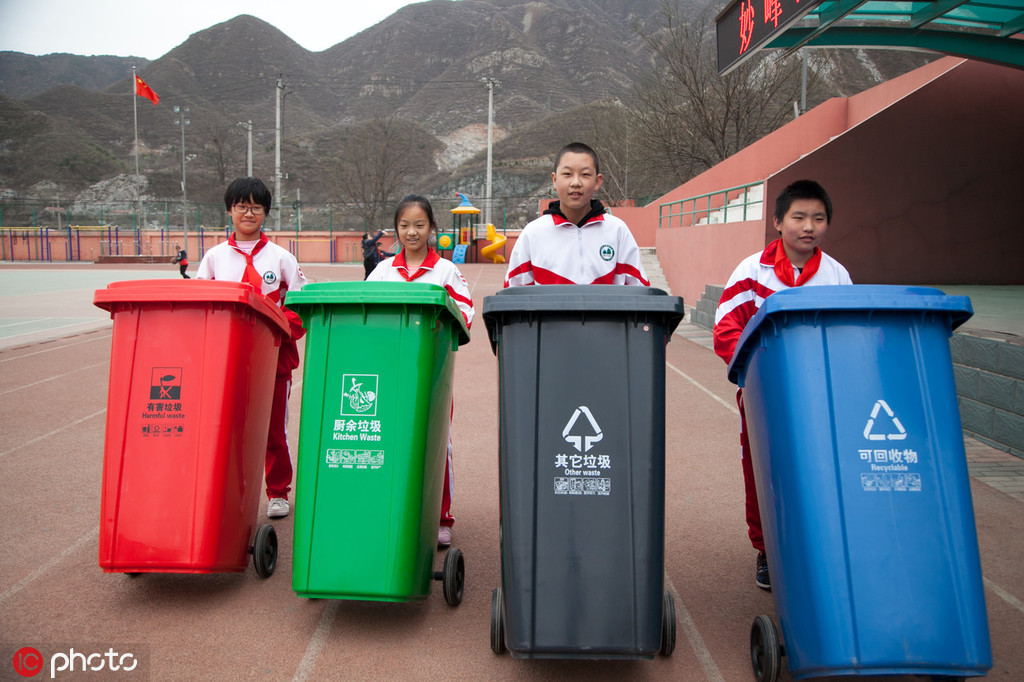Garbage recycling is a crucial aspect of environmental preservation. This project focuses on improving the accuracy of garbage sorting through a detailed garbage classification model. The dataset comprises 15,150 images categorized into 12 classes, including paper, cardboard, biological, metal, plastic, green-glass, brown-glass, white-glass, clothes, shoes, batteries, and trash.
-
Improve Recycling Accuracy: Enhance the accuracy of garbage sorting to improve the overall efficiency of recycling processes.
-
Detailed Classification: Classify household garbage into 12 distinct classes, allowing for a more nuanced understanding of the types of waste.
-
Environmental Impact: Contribute to environmental preservation by promoting efficient recycling practices through technology.
The dataset was collected using a combination of web scraping and leveraging existing datasets on Kaggle. The motivation behind this project is to advance the recycling process by enhancing the accuracy of garbage sorting.
Traditional datasets often categorize garbage into a limited number of classes. This dataset aims to improve recycling by offering a more detailed classification with 12 classes.
The dataset was loaded using Python, and exploratory data analysis was performed to understand the distribution of classes.
All images were resized to 128x128 pixels for efficiency, compatibility, and memory considerations while preserving the aspect ratio.
Pixel values were normalized to the range [0, 1].
Labels were encoded using a LabelEncoder.
Data augmentation was considered but commented out. It can be uncommented for additional training data.
The dataset was split into training, validation, and test sets with an 80%, 10%, 10% split ratio.
Transfer learning was used with the MobileNetV2 pre-trained model. The model was compiled with the Adam optimizer and sparse categorical cross-entropy loss.
The model was trained for 25 epochs with early stopping based on validation loss.
The model's performance was evaluated on the test set, achieving an accuracy of 86.49%.
Thank you for exploring our Garbage Classification project! We believe that the accurate sorting of household garbage is crucial for a sustainable future. Feel free to use, modify, and contribute to this project. If you have any questions or suggestions, please don't hesitate to reach out.
Let's work together to make a positive impact on the environment!
